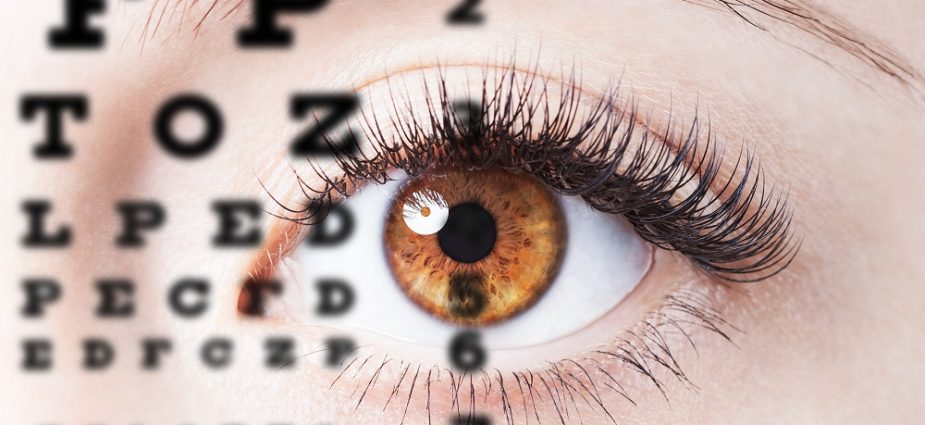
Eye Health: How Eye Color and Shape Can Affect Your Health
Eye Cancer
There's a type of cancer that affects the eyes called uveal melanoma. It is more common in those who have green, blue, or gray eyes than it is in people who have brown-colored eyes. The risk of this type of eye cancer is very low. It affects approximately 2,500 people in the U.S. every year. Find the best eye hospitals in India.
 |
| Eye Health - How Eye Color and Shape Can Affect Your Health |
Trustworthiness
In one study, scientists found that people trust those who have brown eyes more than those who have eyes of another color. Researchers note the findings may be explained by facial features common in those who have brown eyes, which may convey trust.
Type 1 Diabetes Risk
A study from 2011 found that Caucasian people living in Italy who had blue eyes were more likely to develop type 1 diabetes. More research is needed to confirm the results. A prior study in northern European Caucasian people also concluded that blue eyes and fair-colored skin increase the risk for type 1 diabetes.
Hearing Loss
Exposure to loud noise harms hearing, especially for those who have blue eyes. People who have brown eyes seem to be better protected. Researchers think it may be because brown-eyed people have more melanin that protects the ears against loud noises.
Alcohol Dependence
Blue-eyed individuals are more likely to drink alcohol and to become addicted to it, according to results of a study published in 2015. Researchers think genetic linkages and other potential variables may play a role in propensity to drink alcohol and the potential for addiction.
Endometriosis
Endometriosis is a condition in which lining tissue of the uterus tissue grows in other locations of the body outside of the uterus. The extra tissue may infringe upon other organs like the bowel and bladder. This is called deep infiltrating endometriosis (DIE). Blue-eyed women are more likely to develop DIE than women who have eyes of any other color. Researchers think genes that govern eye color may be linked to those responsible for DIE.
Response to Therapy
Can your eye color determine how well psychotherapy works for you? Maybe. One study found that people who have brown eyes achieve better treatment results from behavior therapy that is more rigid. People who have light-colored eyes may do better with therapy that changes with them at a pace that is comfortable for them.
Unequal Pupil Dilation
Anisocoria is a term that means the pupils are not the same size. About 1 in 5 of people have pupils that differ in size. Sometimes it is no cause for concern. Other times, different sized pupils may be a sign of something more serious like a problem with the nervous system, the presence of an infection, or a stroke.
Vitiligo
Vitiligo is a condition that creates loss of pigment in patches on the skin. People who have blue eyes are less likely to get vitiligo than those who have brown eyes. Researchers think it may be because genes responsible for blue eyes are linked to decreased risk of getting the condition.
Cataracts
People who have brown eyes are more likely to get cataracts than those who have blue eyes. People with brown eyes are twice as likely to get cataracts as those who have lighter-colored eyes.
Scholastic Achievement
Larger pupils may be a sign of high intelligence, according to the results of some studies. Larger resting pupil size may indicate a brain that functions well.
Multicolored Eyes
Eyes that contain multiple colors may be a sign of Waardenburg syndrome. This is a rare genetic condition that causes loss of pigment in the hair, eyes, and skin. People who have this condition may go deaf or have distinct facial features such as a wide-bridged nose or wide-set eyes.
Athletic Ability
Eye color may be linked to athletic ability. People who have brown eyes may excel in sports that require a reaction, such as football defense, boxing, and hitting a ball. Those who have blue eyes may excel in sports that require constant control, such as golfing, bowling, and pitching a baseball.
Tolerance to Pain
Scientists observed women in labor to determine the link between eye color and pain tolerance. They noticed women with brown eyes showed more distress during labor. They also felt more pain while moving and at rest, they woke experiencing pain more often, and experienced more depression due to pain compared to women with light-colored eyes.
Macular Degeneration
People who have light-colored eyes are twice as likely to develop age-related macular degeneration compared to those who have brown eyes. Light-colored eyes allow more UV light reach the retina where it causes damage. Macular degeneration may lead to a loss of vision.



0 Comments: